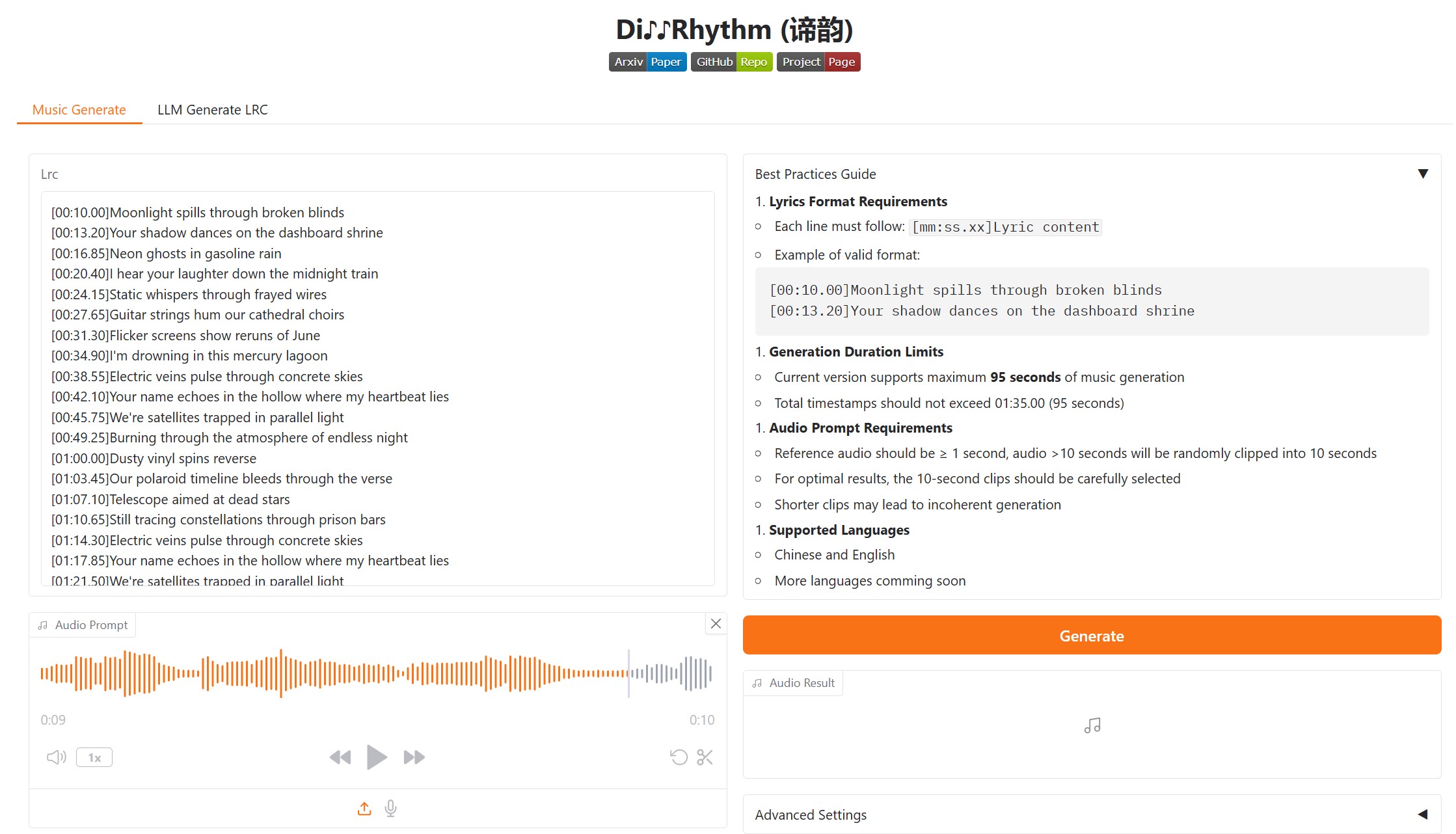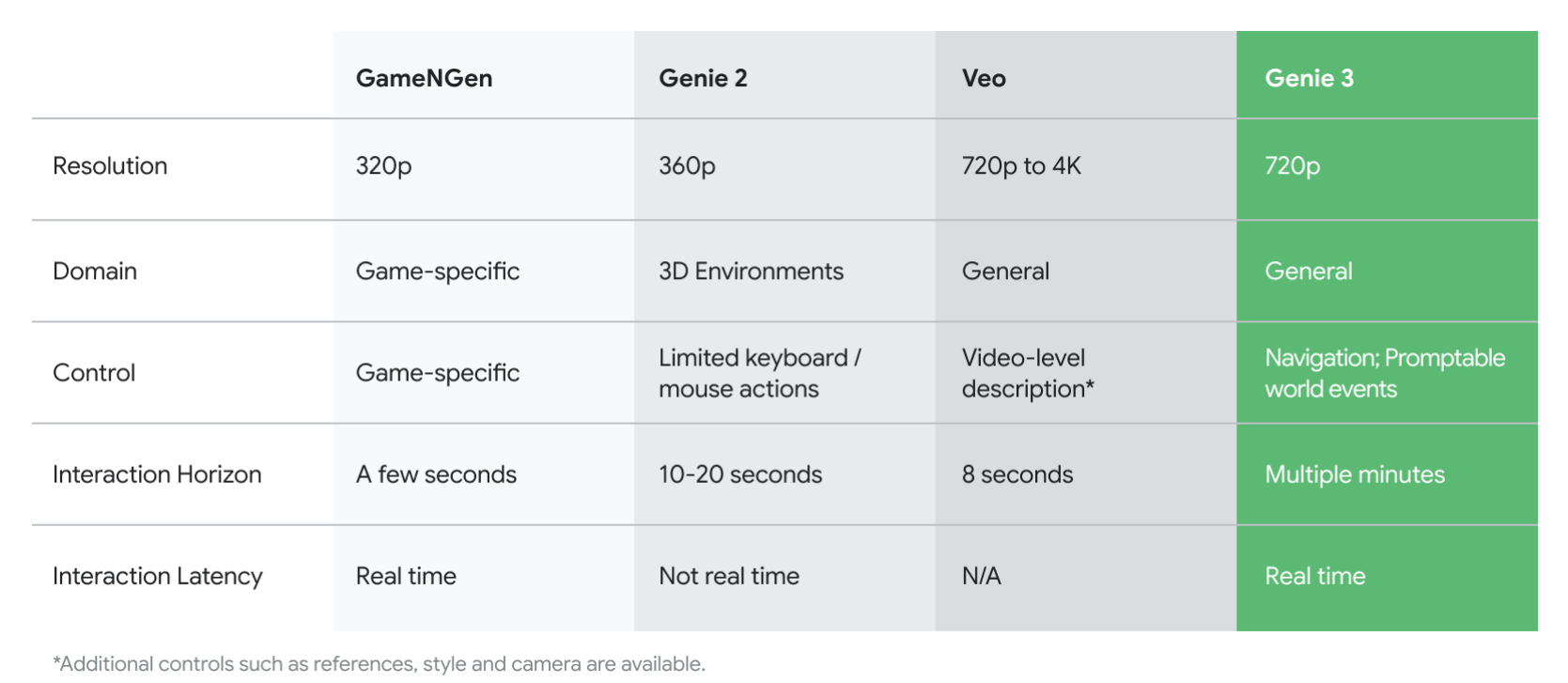BREAKING NEWS
LATEST POSTS
-
Niels Cautaerts – Python dependency management is a dumpster fire
https://nielscautaerts.xyz/python-dependency-management-is-a-dumpster-fire.html
For many modern programming languages, the associated tooling has the lock-file based dependency management mechanism baked in. For a great example, consider Rust’s Cargo.
(more…)
Not so with Python.
The default package manager for Python is pip. The default instruction to install a package is to runpip install package. Unfortunately, this imperative approach for creating your environment is entirely divorced from the versioning of your code. You very quickly end up in a situation where you have 100’s of packages installed. You no longer know which packages you explicitly asked to install, and which packages got installed because they were a transitive dependency. You no longer know which version of the code worked in which environment, and there is no way to roll back to an earlier version of your environment. Installing any new package could break your environment.
… -
Meta Avat3r – Large Animatable Gaussian Reconstruction Model for High-fidelity 3D Head Avatars
https://tobias-kirschstein.github.io/avat3r
Avat3r takes 4 input images of a person’s face and generates an animatable 3D head avatar in a single forward pass. The resulting 3D head representation can be animated at interactive rates. The entire creation process of the 3D avatar, from taking 4 smartphone pictures to the final result, can be executed within minutes.
https://www.uploadvr.com/meta-researchers-generate-photorealistic-avatars-from-just-four-selfies
-
Shadow of Mordor’s brilliant Nemesis system is locked away by a Warner Bros patent until 2036, despite studio shutdown
The Nemesis system, for those unfamiliar, is a clever in-game mechanic which tracks a player’s actions to create enemies that feel capable of remembering past encounters. In the studio’s Middle-earth games, this allowed foes to rise through the ranks and enact revenge.
The patent itself – which you can view here – was originally filed back in 2016, before it was granted in 2021. It is dubbed “Nemesis characters, nemesis forts, social vendettas and followers in computer games”. As it stands, the patent has an expiration date of 11th August, 2036.
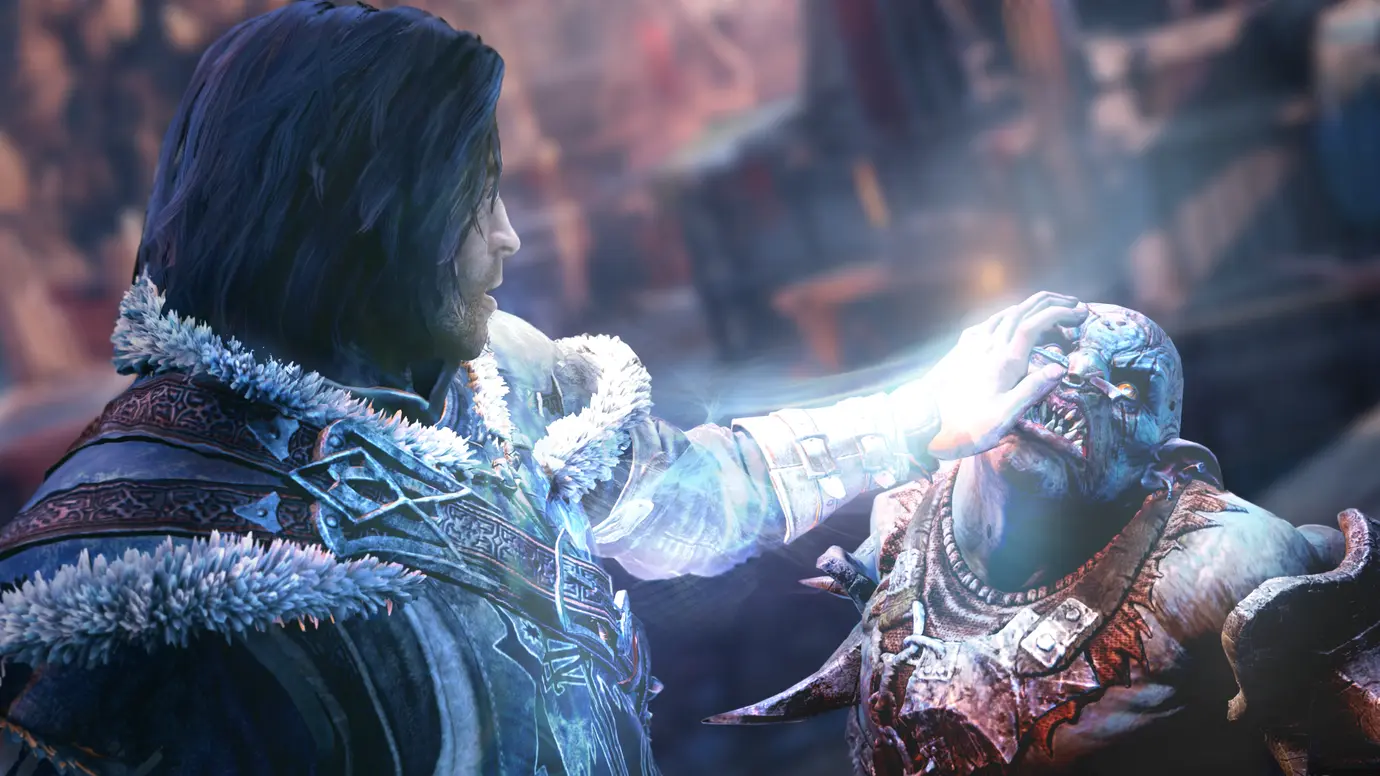
-
Crypto Mining Attack via ComfyUI/Ultralytics in 2024
https://github.com/ultralytics/ultralytics/issues/18037
zopieux on Dec 5, 2024 : Ultralytics was attacked (or did it on purpose, waiting for a post mortem there), 8.3.41 contains nefarious code downloading and running a crypto miner hosted as a GitHub blob.

-
Walt Disney Animation Abandons Longform Streaming Content
https://www.hollywoodreporter.com/business/business-news/tiana-disney-series-shelved-1236153297
A spokesperson confirmed there will be some layoffs in its Vancouver studio as a result of this shift in business strategy. In addition to the Tiana series, the studio is also scrapping an unannounced feature-length project that was set to go straight to Disney+.
Insiders say that Walt Disney Animation remains committed to releasing one theatrical film per year in addition to other shorts and special projects

-
Andreas Horn – The 9 algorithms
The illustration below highlights the algorithms most frequently utilized in our everyday activities: They play a key role in everything we do from online shopping recommendations, navigation apps, social media, email spam filters and even smart home devices.
🔹 𝗦𝗼𝗿𝘁𝗶𝗻𝗴 𝗔𝗹𝗴𝗼𝗿𝗶𝘁𝗵𝗺
– Organize data for efficiency.
➜ Example: Sorting email threads or search results.
🔹 𝗗𝗶𝗷𝗸𝘀𝘁𝗿𝗮’𝘀 𝗔𝗹𝗴𝗼𝗿𝗶𝘁𝗵𝗺
– Finds the shortest path in networks.
➜ Example: Google Maps driving routes.
🔹 𝗧𝗿𝗮𝗻𝘀𝗳𝗼𝗿𝗺𝗲𝗿𝘀
– AI models that understand context and meaning.
➜ Example: ChatGPT, Claude and other LLMs.
🔹 𝗟𝗶𝗻𝗸 𝗔𝗻𝗮𝗹𝘆𝘀𝗶𝘀
– Ranks pages and builds connections.
➜ Example: TikTok PageRank, LinkedIn recommendations.
🔹 𝗥𝗦𝗔 𝗔𝗹𝗴𝗼𝗿𝗶𝘁𝗵𝗺
– Encrypts and secures data communication.
➜ Example: WhatsApp encryption or online banking.
🔹 𝗜𝗻𝘁𝗲𝗴𝗲𝗿 𝗙𝗮𝗰𝘁𝗼𝗿𝗶𝘇𝗮𝘁𝗶𝗼𝗻
– Secures cryptographic systems.
➜ Example: Protecting sensitive data in blockchain.
🔹 𝗖𝗼𝗻𝘃𝗼𝗹𝘂𝘁𝗶𝗼𝗻𝗮𝗹 𝗡𝗲𝘂𝗿𝗮𝗹 𝗡𝗲𝘁𝘄𝗼𝗿𝗸𝘀 (𝗖𝗡𝗡𝘀)
– Recognizes patterns in images and videos.
➜ Example: Facial recognition, object detection in self-driving cars.
🔹 𝗛𝘂𝗳𝗳𝗺𝗮𝗻 𝗖𝗼𝗱𝗶𝗻𝗴
– Compresses data efficiently.
➜ Example: JPEG and MP3 file compression.
🔹 𝗦𝗲𝗰𝘂𝗿𝗲 𝗛𝗮𝘀𝗵 𝗔𝗹𝗴𝗼𝗿𝗶𝘁𝗵𝗺 (𝗦𝗛𝗔)
– Ensures data integrity.
➜ Example: Password encryption, digital signatures.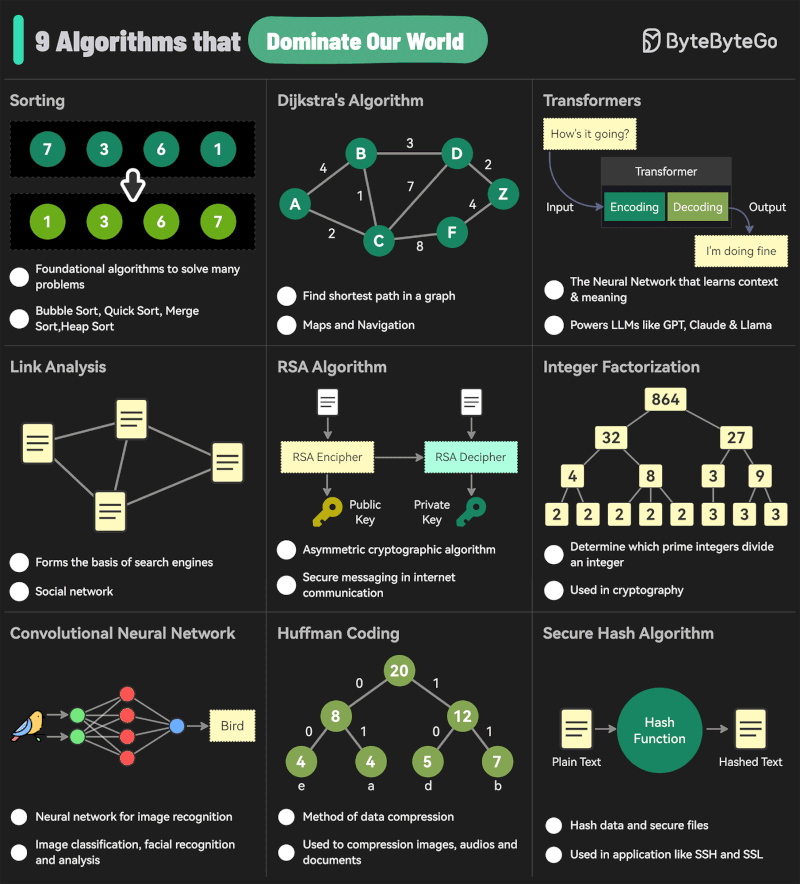
-
OpenAI 4.5 model arrives to mixed reviews
The verdict is in: OpenAI’s newest and most capable traditional AI model, GPT-4.5, is big, expensive, and slow, providing marginally better performance than GPT-4o at 30x the cost for input and 15x the cost for output. The new model seems to prove that longstanding rumors of diminishing returns in training unsupervised-learning LLMs were correct and that the so-called “scaling laws” cited by many for years have possibly met their natural end.
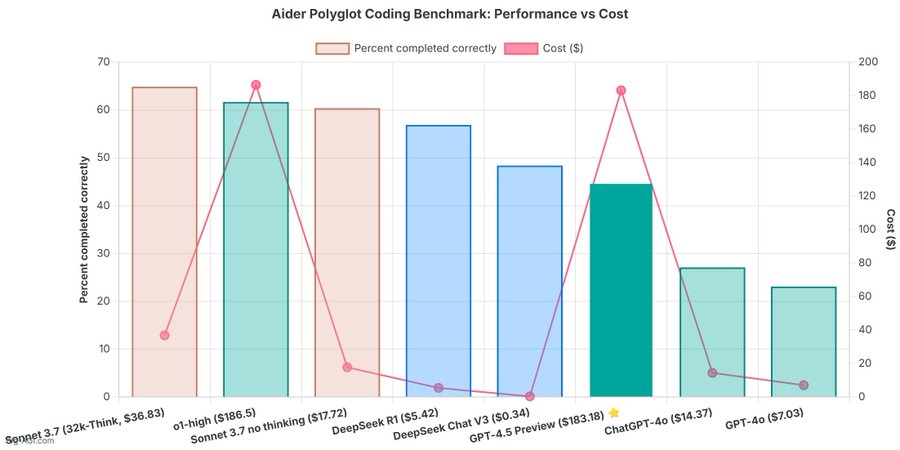
-
Walter Murch – “In the Blink of an Eye” – A perspective on cut editing
https://www.amazon.ca/Blink-Eye-Revised-2nd/dp/1879505622
Celebrated film editor Walter Murch’s vivid, multifaceted, thought-provoking essay on film editing. Starting with the most basic editing question — Why do cuts work? — Murch takes the reader on a wonderful ride through the aesthetics and practical concerns of cutting film. Along the way, he offers unique insights on such subjects as continuity and discontinuity in editing, dreaming, and reality; criteria for a good cut; the blink of the eye as an emotional cue; digital editing; and much more. In this second edition, Murch revises his popular first edition’s lengthy meditation on digital editing in light of technological changes. Francis Ford Coppola says about this book: “Nothing is as fascinating as spending hours listening to Walter’s theories of life, cinema and the countless tidbits of wisdom that he leaves behind like Hansel and Gretel’s trail of breadcrumbs…….”
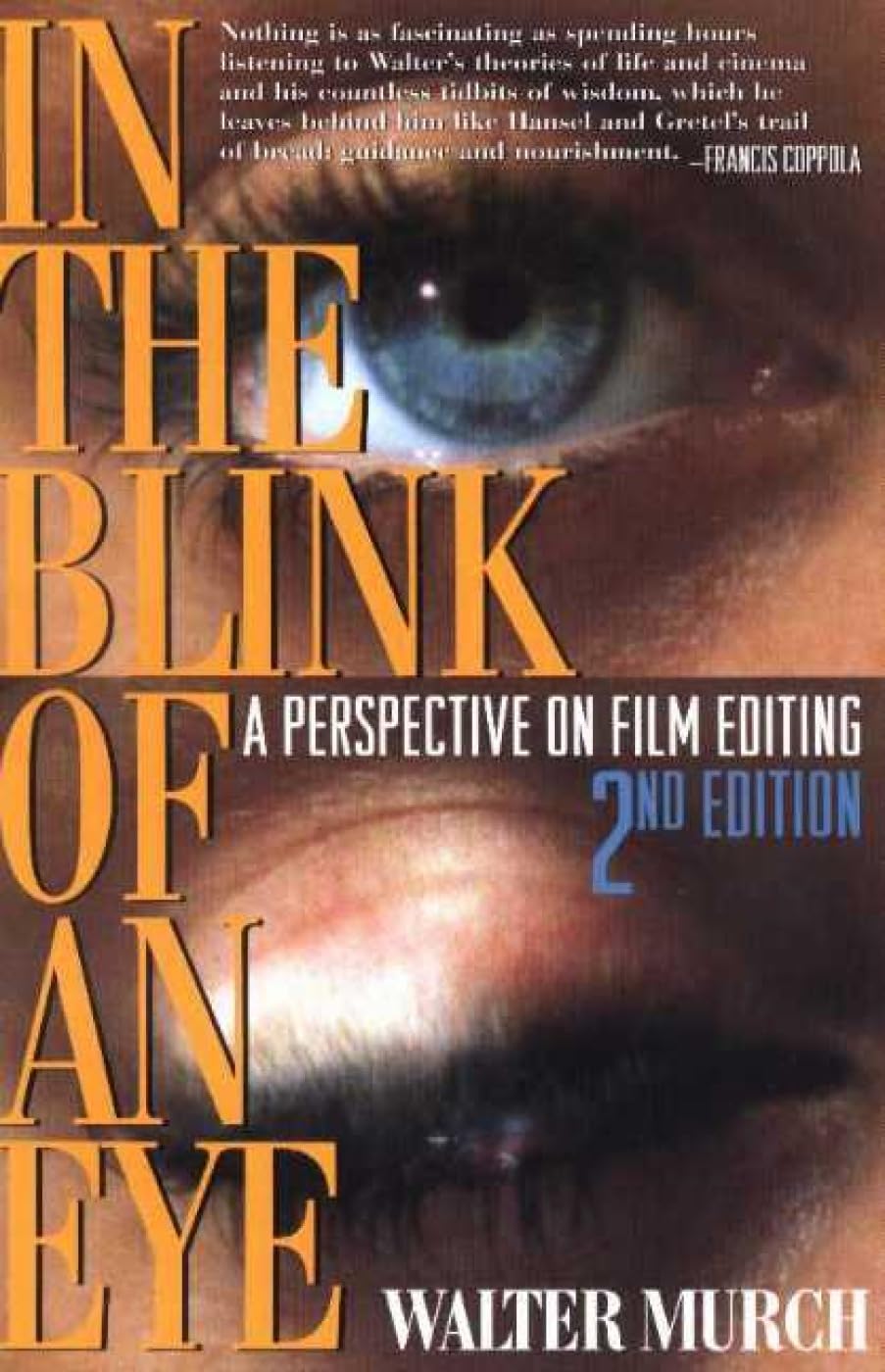
Version 1.0.0
FEATURED POSTS
-
Rendering – BRDF – Bidirectional reflectance distribution function
http://en.wikipedia.org/wiki/Bidirectional_reflectance_distribution_function
The bidirectional reflectance distribution function is a four-dimensional function that defines how light is reflected at an opaque surface
http://www.cs.ucla.edu/~zhu/tutorial/An_Introduction_to_BRDF-Based_Lighting.pdf
In general, when light interacts with matter, a complicated light-matter dynamic occurs. This interaction depends on the physical characteristics of the light as well as the physical composition and characteristics of the matter.
That is, some of the incident light is reflected, some of the light is transmitted, and another portion of the light is absorbed by the medium itself.
A BRDF describes how much light is reflected when light makes contact with a certain material. Similarly, a BTDF (Bi-directional Transmission Distribution Function) describes how much light is transmitted when light makes contact with a certain material
http://www.cs.princeton.edu/~smr/cs348c-97/surveypaper.html
It is difficult to establish exactly how far one should go in elaborating the surface model. A truly complete representation of the reflective behavior of a surface might take into account such phenomena as polarization, scattering, fluorescence, and phosphorescence, all of which might vary with position on the surface. Therefore, the variables in this complete function would be:
incoming and outgoing angle incoming and outgoing wavelength incoming and outgoing polarization (both linear and circular) incoming and outgoing position (which might differ due to subsurface scattering) time delay between the incoming and outgoing light ray
-
Gamma correction

http://www.normankoren.com/makingfineprints1A.html#Gammabox
https://en.wikipedia.org/wiki/Gamma_correction
http://www.photoscientia.co.uk/Gamma.htm
https://www.w3.org/Graphics/Color/sRGB.html
http://www.eizoglobal.com/library/basics/lcd_display_gamma/index.html
https://forum.reallusion.com/PrintTopic308094.aspx
Basically, gamma is the relationship between the brightness of a pixel as it appears on the screen, and the numerical value of that pixel. Generally Gamma is just about defining relationships.
Three main types:
– Image Gamma encoded in images
– Display Gammas encoded in hardware and/or viewing time
– System or Viewing Gamma which is the net effect of all gammas when you look back at a final image. In theory this should flatten back to 1.0 gamma.
(more…)
-
Black Body color aka the Planckian Locus curve for white point eye perception
http://en.wikipedia.org/wiki/Black-body_radiation

Black-body radiation is the type of electromagnetic radiation within or surrounding a body in thermodynamic equilibrium with its environment, or emitted by a black body (an opaque and non-reflective body) held at constant, uniform temperature. The radiation has a specific spectrum and intensity that depends only on the temperature of the body.
A black-body at room temperature appears black, as most of the energy it radiates is infra-red and cannot be perceived by the human eye. At higher temperatures, black bodies glow with increasing intensity and colors that range from dull red to blindingly brilliant blue-white as the temperature increases.
(more…)






